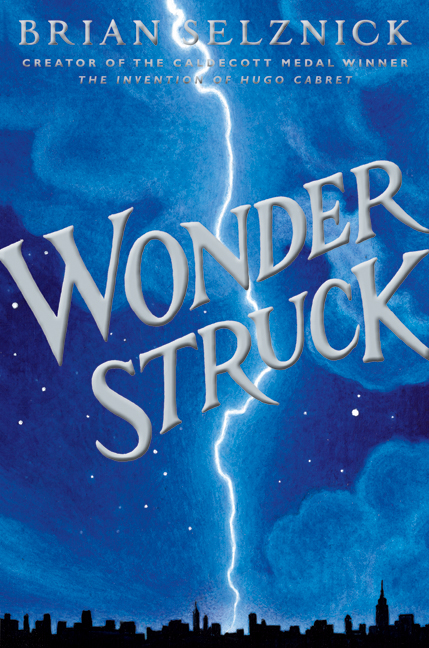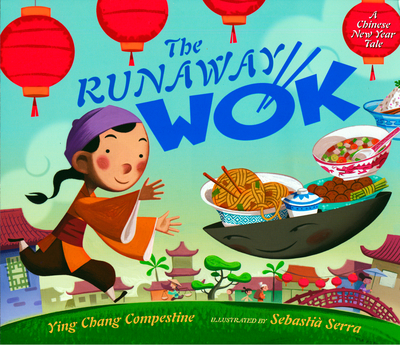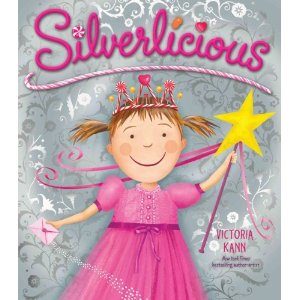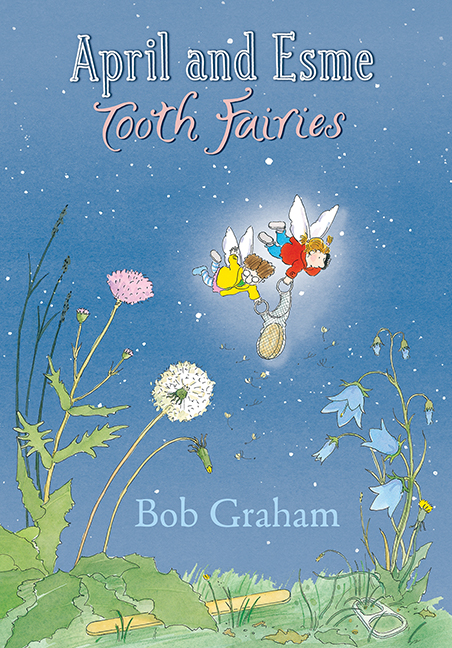 I made it to BEA and back in one day and lived to tell about it! Here's my BEA story: I took the 7:25 train from DC on Thursday morning--it wasn't even the high-speed train and I still got to Penn Station by 10:45. I love the train. I can read on it, for one thing, which I can't do on a bus or in the car. And it's nice to look out the window from time to time. All those little towns!
I made it to BEA and back in one day and lived to tell about it! Here's my BEA story: I took the 7:25 train from DC on Thursday morning--it wasn't even the high-speed train and I still got to Penn Station by 10:45. I love the train. I can read on it, for one thing, which I can't do on a bus or in the car. And it's nice to look out the window from time to time. All those little towns!
Anyway, I walked to the Javits Center, checked my empty suitcase (I packed the bare minimum for what was meant to be overnight stay--more about that later) and wandered around the exhibit floor, where I made several very nice contacts and got a poster signed for Milly by Peter Brown and an "I went to BEA and all I got was this lousy t-shirt" t-shirt for myself.
 No, that's not exactly true. But people have remarked that books (ARCs or otherwise) were in short supply at BEA this year, and that was definitely the case on Thursday. I was a little disappointed, but in the end I came home with a few coveted titles (thank you, Susan Kusel, for Wonderstruck!) and the promise of more to come in the mail. I love the mail just as much as the train. All those fat envelopes!
No, that's not exactly true. But people have remarked that books (ARCs or otherwise) were in short supply at BEA this year, and that was definitely the case on Thursday. I was a little disappointed, but in the end I came home with a few coveted titles (thank you, Susan Kusel, for Wonderstruck!) and the promise of more to come in the mail. I love the mail just as much as the train. All those fat envelopes!
This might be a good time to mention the difference between BEA and ALA's annual meetings, which I attended last year when they were held right here in DC. In my experience, ALA was more collegial (and I'm not even a librarian); there was a sense of common purpose. BEA was more competitive and businesslike, as in business was being conducted right in the booths and everyone seemed to be in a hurry to close up shop by 3. Fortunately I knew what to expect and came prepared with a mission statement and a stack of cute business cards.
Charlotte of Charlotte's Library and Pam of MotherReader had graciously agreed to share their hotel room with me Thursday night, and I met them and several other kidlit bloggers (Alex of The Children's War and Susan of Wizards Wireless among them) for a thankfully very collegial lunch. Afterwards, Pam led the way back onto the exhibit floor (see How to Work an Event Like a MotherReader for some excellent tips), where things were already starting to wind down. Note to self: If you attend BEA next year, try getting there on Monday.
Here's where I went off the rails, so to speak. The plan was to meet up with Charlotte and Pam (who had another event to attend) at our hotel a couple of hours after the exhibits closed, and then go to Kidlit Drink Night at a nearby bar. But it was hot and crowded and New York City, and as I walked back to Penn Station to catch an uptown train to the Met, I caught sight of the Vamoose bus to Rosslyn. Next thing I knew I had traded in my Friday morning ticket and was on that bus. It was 4:30.
I had to make a couple of sheepish phone calls (thank you for understanding, Charlotte and Pam!), but it was definitely the right decision for me. I was even able to read a little of Wonderstruck on the bus. Best of all, supper was waiting for me when I got home...and it was still hot.
 The Runaway Wok: A Chinese New Year Tale by Ying Chang Compestine (illustrated by Sebastia Serra; Dutton, 2011) doesn't overflow with rice (more's the pity, because the Festive Stir-Fried Rice recipe we tried was really good)--it's based on a traditional Danish folktale, The Talking Pot, instead. I found the economics (not to mention the ethics) of The Runaway Wok a little problematic, actually: the wok steals from the selfish, rich Li family to give to the poor, generous Zhang family. The Zhangs share the wealth with all the poor people of Beijing at a New Year's feast. And then they open up a wok shop!
The Runaway Wok: A Chinese New Year Tale by Ying Chang Compestine (illustrated by Sebastia Serra; Dutton, 2011) doesn't overflow with rice (more's the pity, because the Festive Stir-Fried Rice recipe we tried was really good)--it's based on a traditional Danish folktale, The Talking Pot, instead. I found the economics (not to mention the ethics) of The Runaway Wok a little problematic, actually: the wok steals from the selfish, rich Li family to give to the poor, generous Zhang family. The Zhangs share the wealth with all the poor people of Beijing at a New Year's feast. And then they open up a wok shop!



